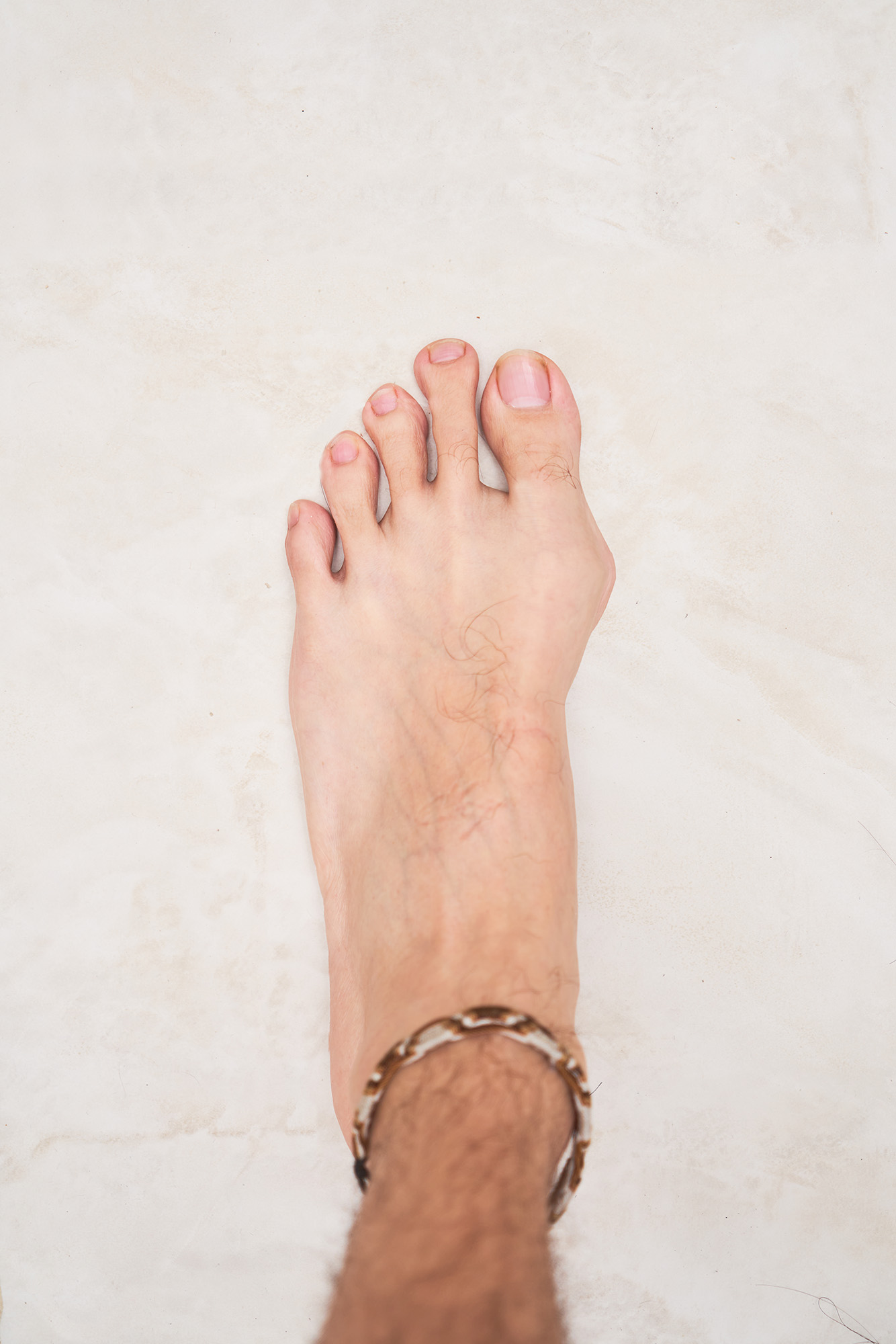
Minimally invasive bunion surgery techniques are proving to be more effective than open surgeries, leading to faster recovery times and fewer complications. However, there are many bunion surgery techniques out there. How do patients choose the right option? To help you decide, we’ve put together a guide to the best minimally invasive bunion surgery options available in Westchester, NY.
What is the Best Minimally Invasive Bunion Surgery?
The main difference between minimally invasive bunion surgery (MIS) vs. open bunion surgery is that minimally invasive procedures involve making much smaller incisions. MIS can also be done under light sedation rather than general anesthesia. All minimally invasive surgeries have these qualities, but this is where the similarities end. Each surgery involves different techniques, and it’s important for patients to know what these techniques are before seeking bunion correction treatment.
There are five techniques that stand out as the best minimally invasive bunion surgery options in Westchester. While there are other options available, the techniques below are the most reliable and have the highest success rates. Here’s how they compare.
| Surgery | What’s Involved | Recovery Time | Pros | Cons | Best For |
|---|---|---|---|---|---|
| HyperFlex™ | Plates are gently placed on the first and second toes to realign them | 2-3 months |
|
|
Patients with mild to severe bunions who have active lifestyles and enjoy wearing fashionable shoes |
| Mini TightRope | Fiberwire is connected through the first and second toes to align them | 3-6 months |
|
|
Patients with mild to moderate bunions who have active lifestyles |
| Arthrex | A guided system that removes a small amount of bone in the first toe, realigns it, then holds the toe in place using pins | 3-6 months |
|
|
Patients with mild to moderate bunions and more sedentary lifestyles |
| PECA (Percutaneous Chevron Akin) | A guided system similar to the Arthrex which removes some bone in the first toe, realigns its position, then secures it in place using pins | 3-6 months |
|
|
Patients with mild to moderate bunions and more sedentary lifestyles |
| Lapiplasty | An instrument rotates the bone of the first toe back into alignment, then fuses the toe in place using plates | 4-6 months |
|
|
Patients with moderate to severe bunions and more sedentary lifestyles |
Westchester Surgeons Who Specialize in Each Technique
It can be a challenge to find doctors in Westchester who offer the best minimally invasive bunion surgery options. That’s because surgeons often specialize in just one or two techniques. The most important factor to consider is whether the surgeon has extensive experience with that specific surgery. An excellent surgeon will also assess your condition and recommend the most appropriate technique based on your unique foot anatomy and lifestyle.
The first step is to contact a surgeon. To help you get started, we’ve created a list of some of the best bunion surgeons near Westchester along with a few of the techniques they can perform.
| Surgeon | Specialty |
|---|---|
| Dr. Josef J. Geldwert | He has performed and instructed other surgeons on HyperFlex™ as well as additional MIS procedures and Lapidus corrections. |
| Dr. David S. Levine | He offers PECA and Mini TightRope. |
| Dr. Stuart J. Mogul | He specializes in Lapiplasty. |
| Dr. Randolph Sealey | He performs the Arthrex procedure. |
If you’re looking for the best minimally invasive bunion surgery in Westchester, NY, get in touch with Dr. Geldwert’s office today, or call us at 914-875-1632. We’re here to help you find the most successful treatment plan to get you back on your feet.
